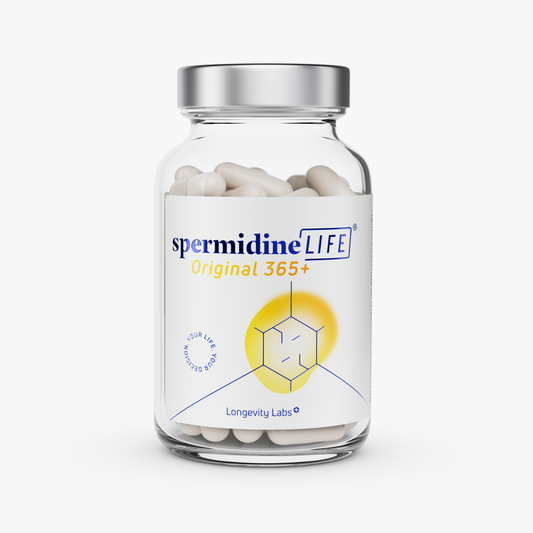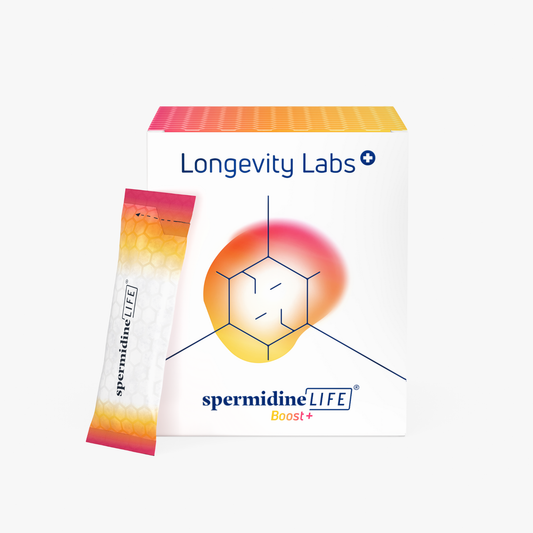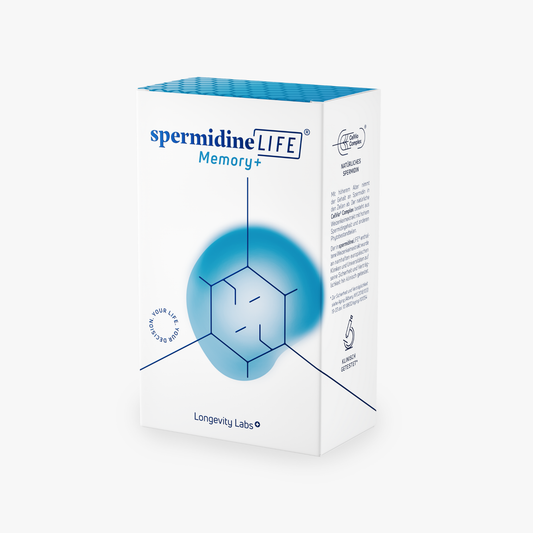
The fascinating world of the cell: A city in microcosm
Science, TLL LongevityLabsWelcome to an exciting excursion into the world of cells! They are the smallest building blocks of life and work incredibly hard to keep our bodies running. And our bodies are made up of trillions of them. To better understand the complexity of the cell, today we're going to compare it to a city. Because just like a city, the cell has many different parts and functions that all work together to form a well-organized and efficient system.
The cell membrane - The gateway to the cell:
Let's imagine that the cell is a city with a strong, flexible wall around it, similar to a city wall. This wall is called the cell membrane. It is permeable and controls what enters and what leaves the cell. Like the city gate that allows only authorized people to pass through, the cell membrane allows only certain substances to enter and leave the cell.
The cytoplasm - The city streets:
The cytoplasm is a gel-like fluid surrounded by the cell membrane. Comparable to the roads in a city, the cytoplasm enables the transport of materials within the cell. Nutrients, proteins, and other important molecules move like vehicles on the roads to reach their destinations.
The organelles - The factories and power plants of the cell:
In our cell city, there are many specialized buildings that perform different tasks. These buildings correspond to the organelles in the cell. Mitochondria are the power plants where energy is produced, similar to the power plants of a city. The endoplasmic reticulum is like a factory where proteins are made and packaged before being transported to the city.
The nucleus - The city government:
The nucleus is the control center of the cell, comparable to the city government. This is where the cell's genetic information is stored, in the form of DNA. Much like the government enacts the laws of the city, the nucleus controls the activities of the cell by regulating the production of proteins and other important molecules.
The Ribosomes - The Construction Workers of the Cell:
Let's think of ribosomes as industrious construction workers. They are responsible for assembling proteins in the cell, much like construction workers erect buildings. Ribosomes read genetic information from the nucleus and use it to build proteins needed for the cell's various functions.
Conclusion:
Every cell in our body is truly an amazing city and there are billions of them in us. Each part has an important role and works together to make sure everything runs smoothly. From the cell membrane as the gatekeeper to the organelles as factories and power plants, each component is critically important. By comparing the cell to a city, we can better understand the fascinating complexity and careful organization of this fundamental building block of life. So next time, let's remember that there are trillions of little cities at work inside us to keep us going every day!






